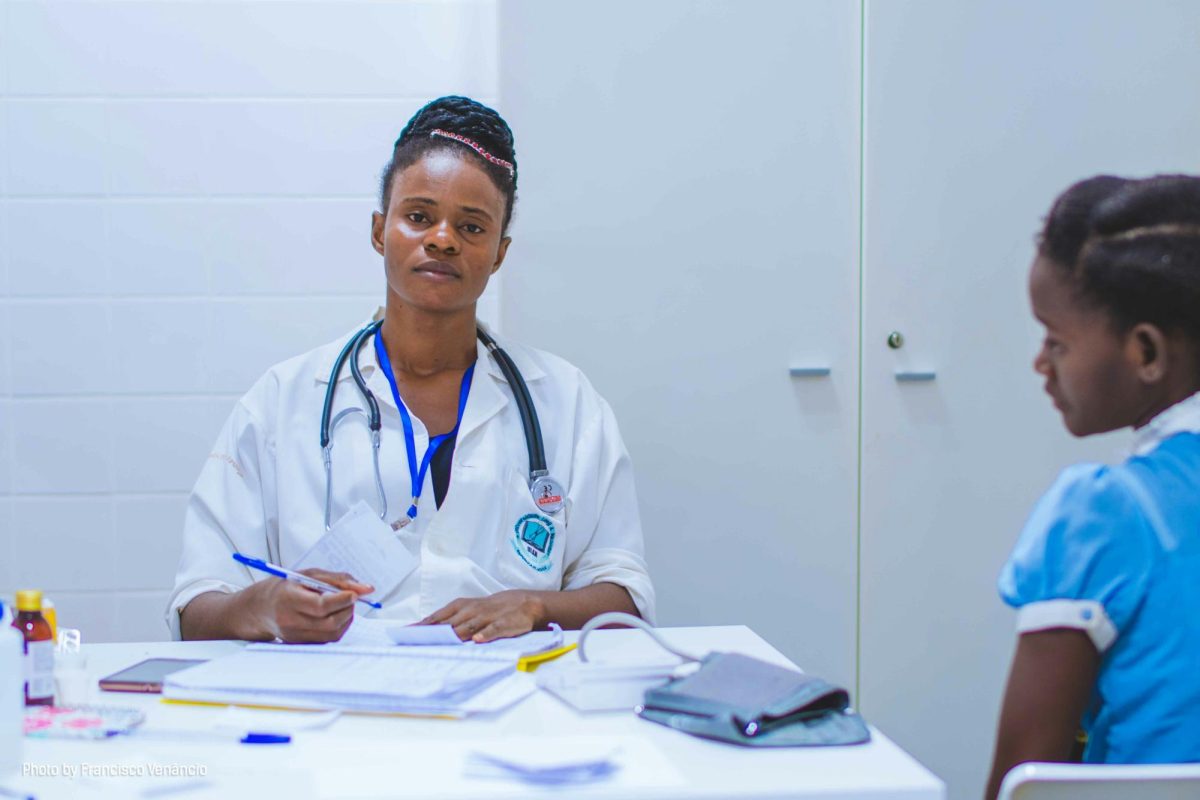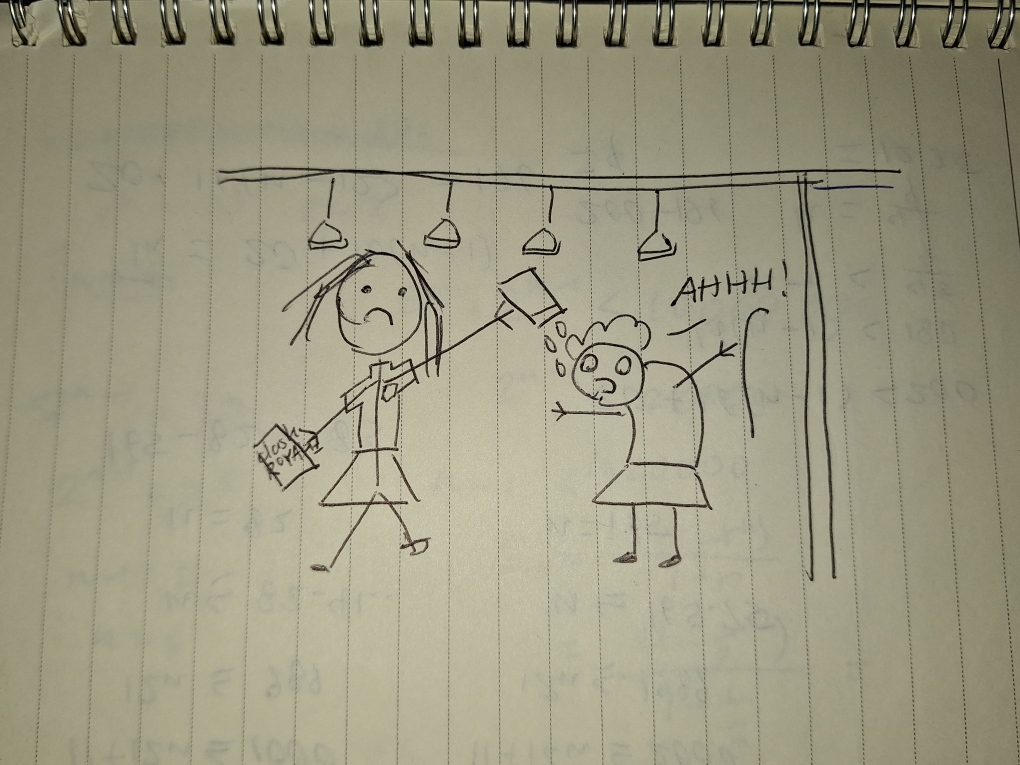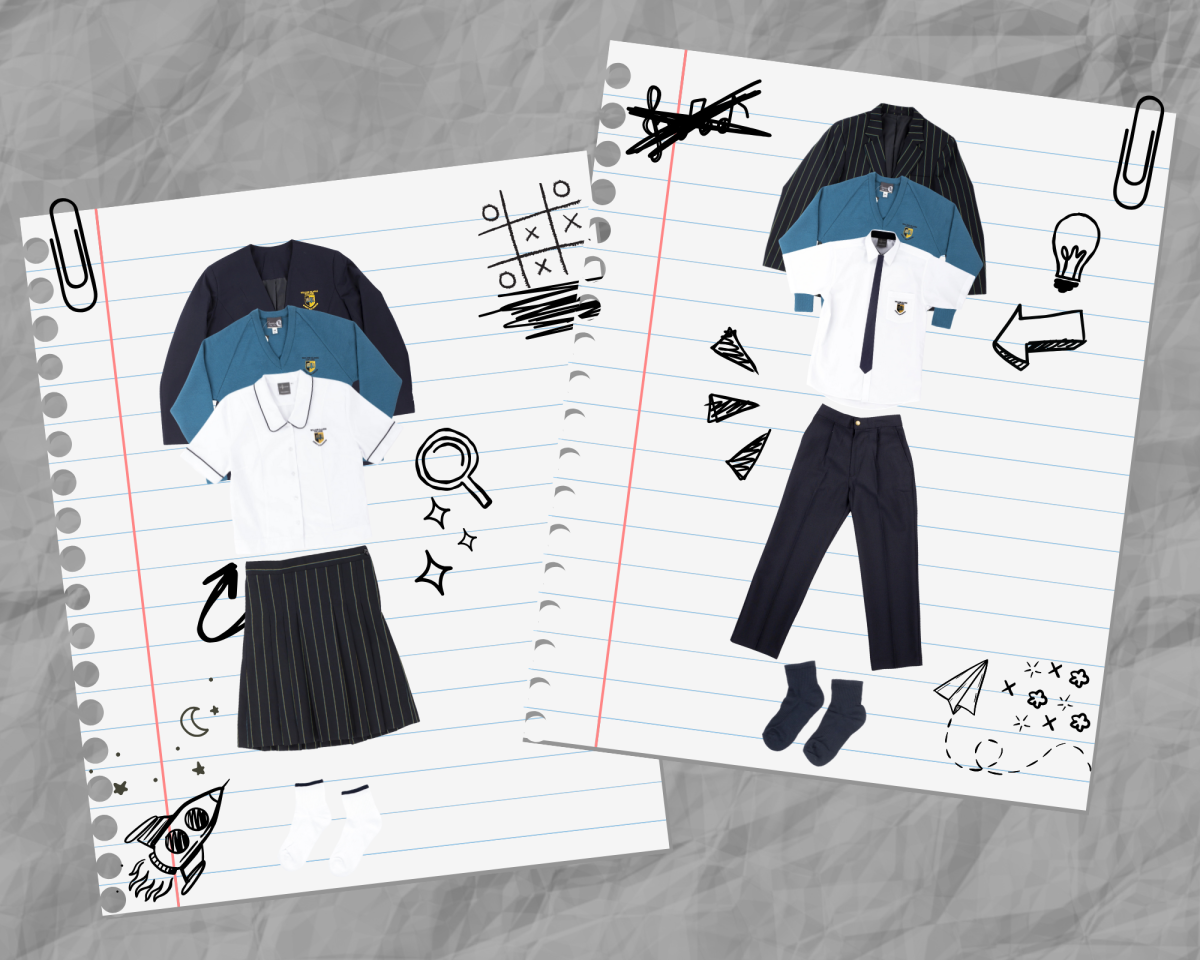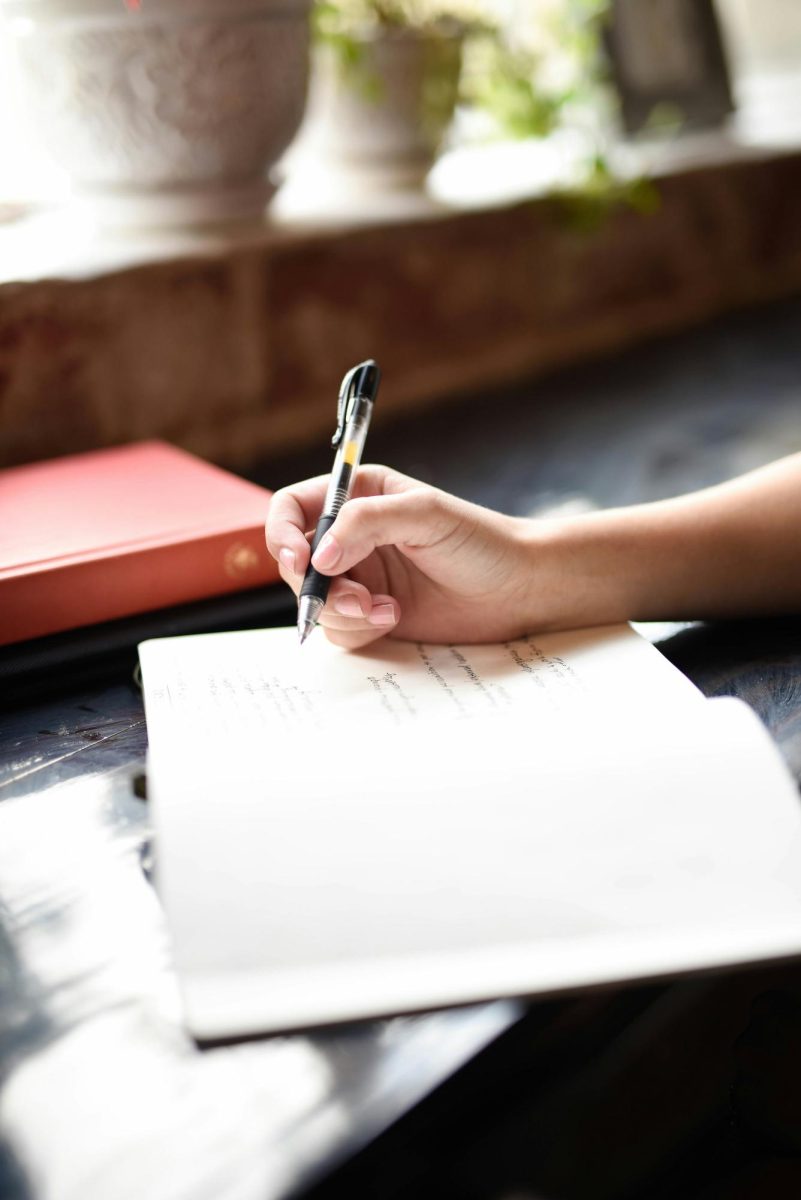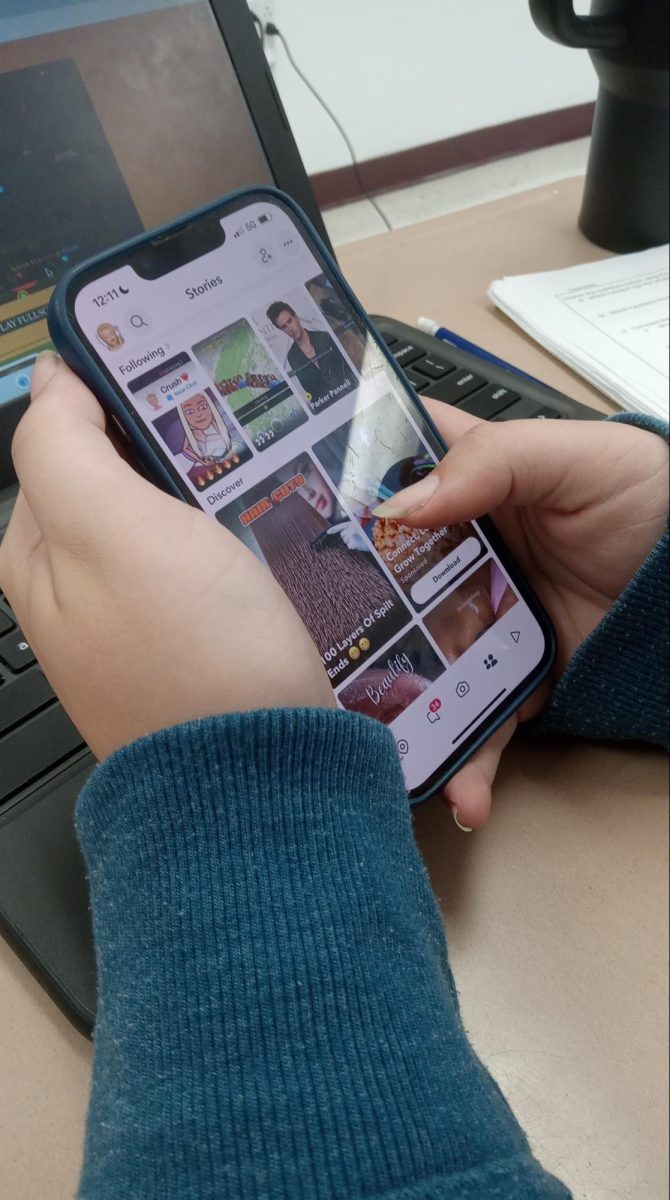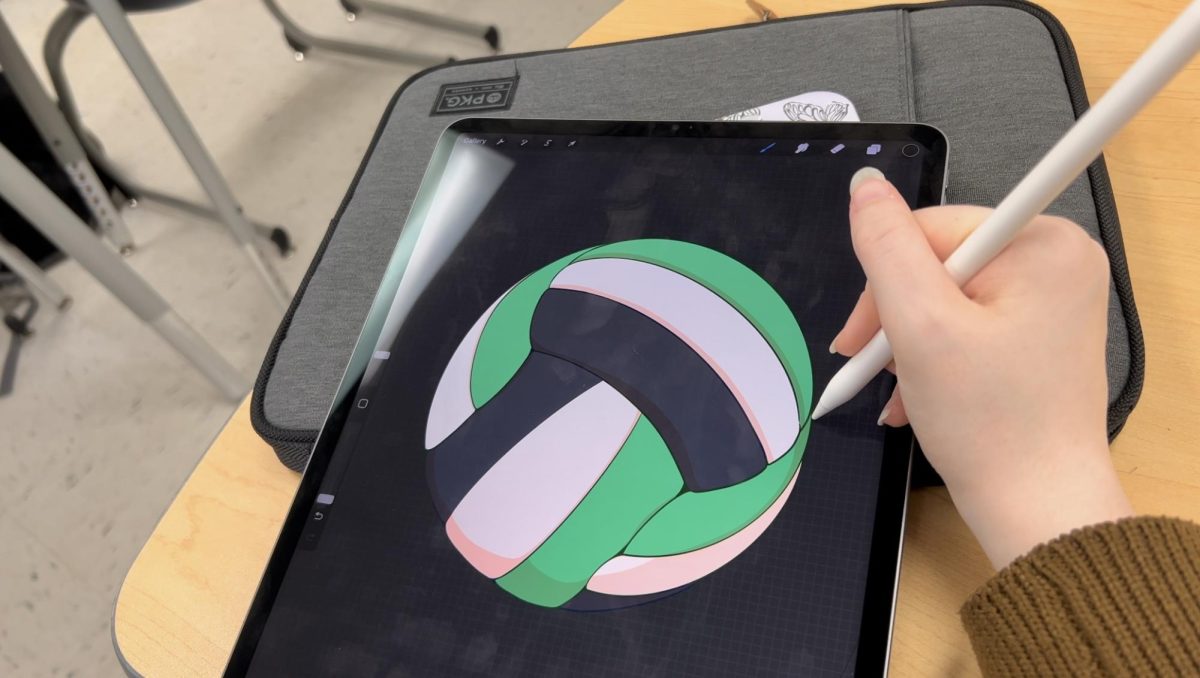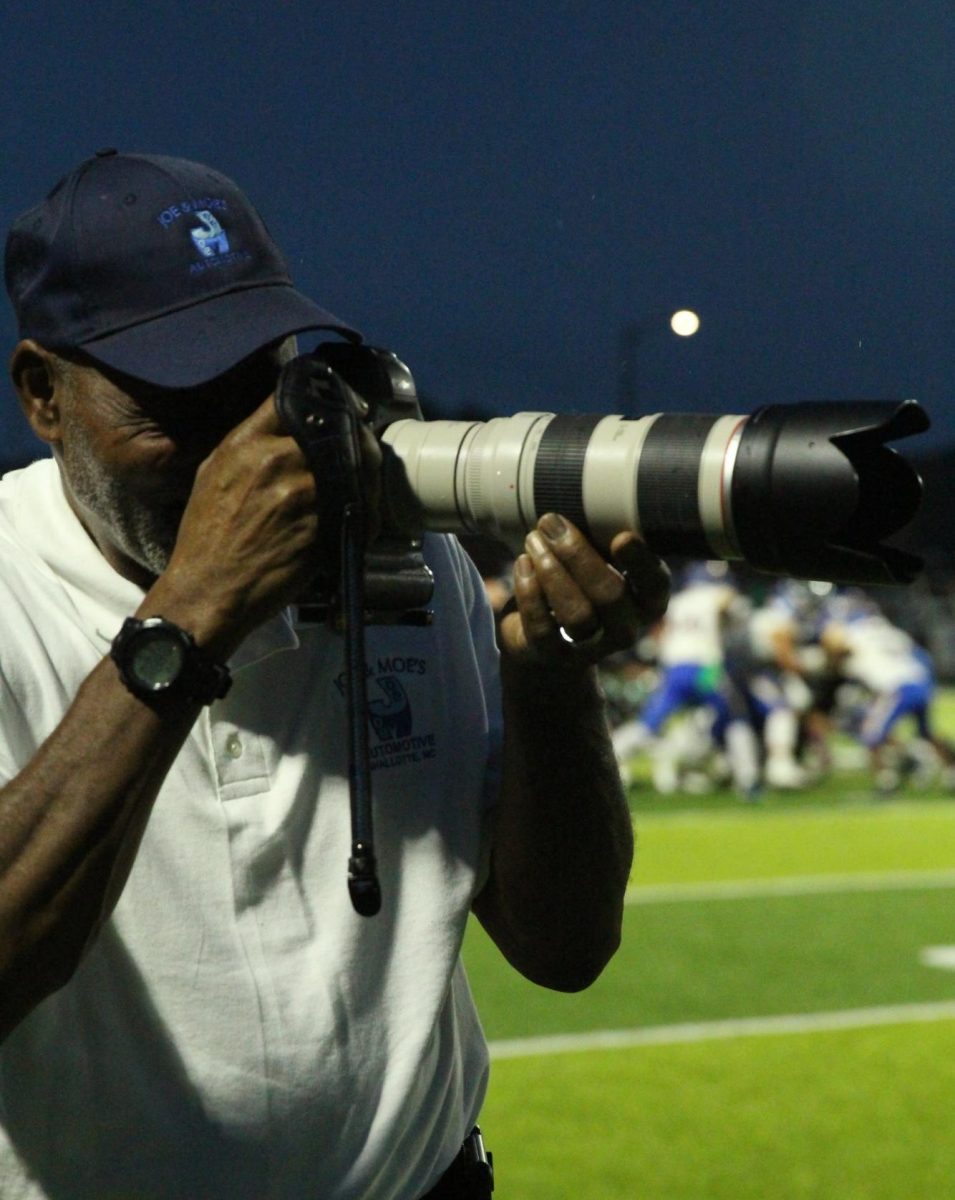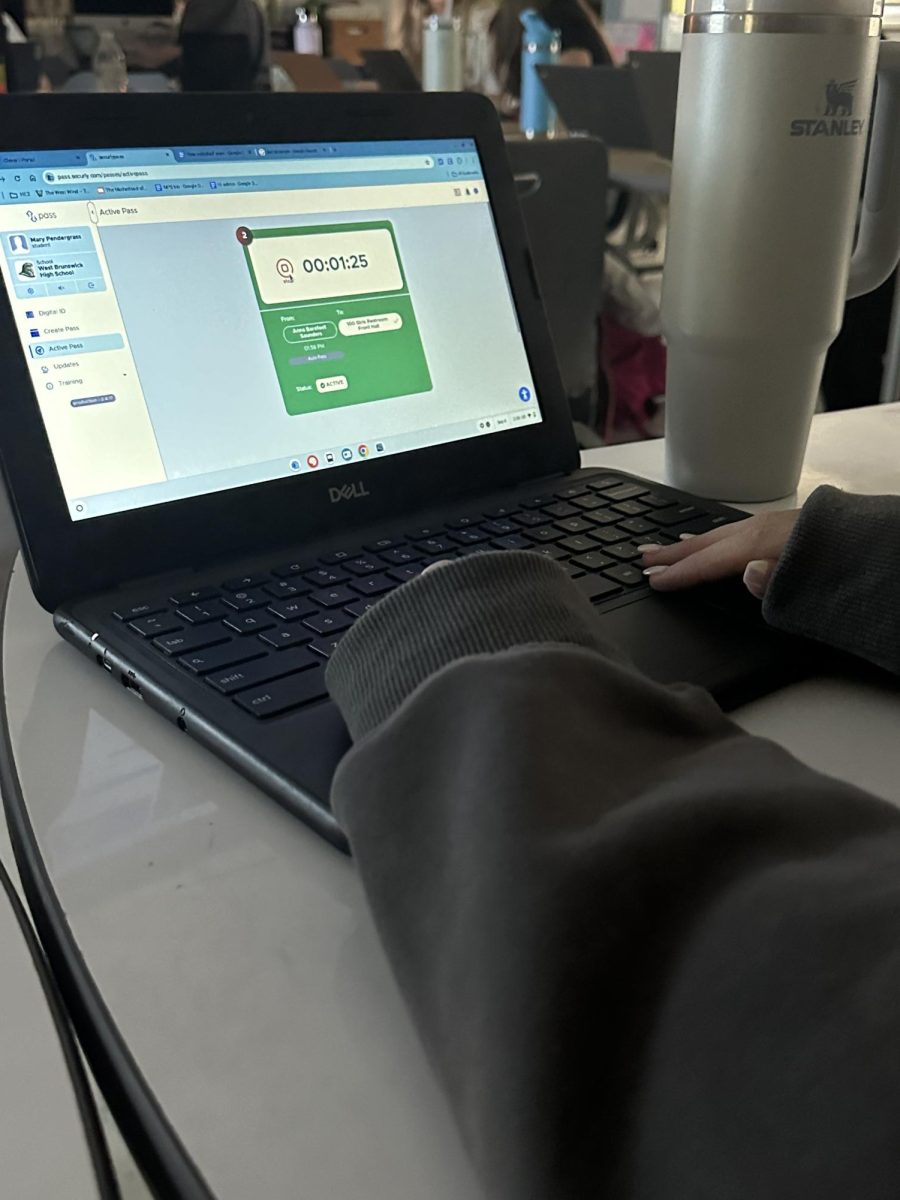This article is reprinted with permission from West Brunswick High School West Wind.
Cell phone bans have been sweeping the nation after a rise in educational difficulties resulting from cell phones and teenage social media use. Brunswick County Schools decided to join this trend.
The ’24-’25 school year began with the Brunswick County Board of Education passing a new cell phone policy outlining rules concerning students and their personal devices in K-12 schools.
Policy changes include:
- teachers are no longer able to allow students to use their cellular devices for instructional purposes unless granted permission by an administrator
- cell phones are banned during all class periods
- students are allowed to use their cell phones during class change and lunch only if allowed by the principal
- A strict list of punishments if violated, increasing in severity with each infraction.
Students and teachers are battling separate opinions on these new rules.
“We have no freedom,” said seventeen-year-old senior, Alexa Rigby. “We shouldn’t have it taken unless we’re on it constantly and breaking trust.”
Older students and upperclassmen feel as though they are being treated unfairly because of schools taking everyone’s phone rather than just the people violating the cell phone policy.
“I think that having your phone, just knowing that you could have a notification is distracting in itself, ” said social studies teacher Kourtney Saavedra. “So having it physically away from you, I think, is a great idea.”
Many teachers believe that removing cell phone access altogether is better for keeping students’ attention and avoiding possible distractions.
Principal Scott Dalton says that cell phones are addicting and distracting and that the removal of students’ cell phones has been able to keep students engaged.
Teachers have varied their approach to taking phones.
“We [700 hall teachers] decided to collect them when they come in, so they put them in a slotted phone bin,” said Saavedra.
Some have decided to collect students’ phones in a visible place at the front of the classroom to ensure they have collected every student’s device and that they are out of reach.
“They make us leave our bookbags at the front of the classroom with our phones in our bookbags,” said Rigby.
A few teachers are using a more relaxed method, allowing students to keep their phones on their person as long as they are out of sight.
“Some teachers are making me just put it in my bookbag,” says sophomore, Jonah Hewett.
When asked how this policy is affecting their classroom experience, each had differing responses.
“It builds more classroom community when people aren’t trying to just hide and text on their phone,” said Saavedra. “Instead of being your own person and not caring about anyone else in the room because you have your phone and you can talk to your friends in other classes, you can make a new friend.”
She, as well as many other teachers, finds a positive effect on the classroom, improving concentration, interaction, and comprehension.
A few students are facing concerns over a lack of communication with family and guardians.
“I don’t have my license, and I have to keep in contact with my dad, so I’m stressing all class if my dad is texting me and who’s taking me home,” said Rigby.
The lack of cell phone access increases anxiety towards students who need to communicate with their rides.
Other students are indifferent to the new rules, not thinking there is much change. However, there is a common consensus: the policy is effective.
“Lowkey yeah,” said Rigby.
“It’s not negatively affecting it or positively affecting it,” said Hewett. “It’s just the same. It definitely works to keep students off their phones.”
“Yes, it is effective,” says Saavedra.




